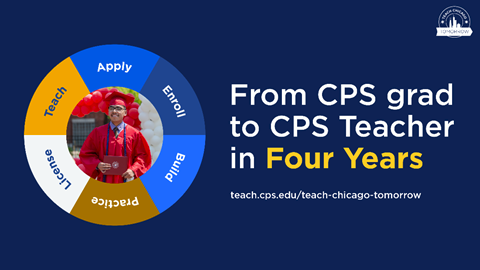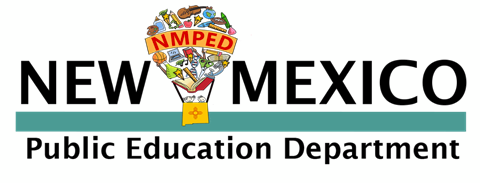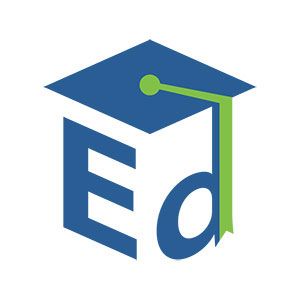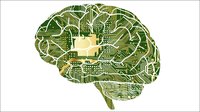Up to 1 million California students may still lack connectivity during distance learning – By Sydney Johnson, EdSource
Nearly two months into the school year, hundreds of thousands of California students are still without internet access at home needed to connect to teachers and peers during distance learning.
California school districts are required to ensure that students have access to computers and the internet from home if they are participating in online distance learning. But due to global backorders on computing devices and a lack of broadband infrastructure in remote parts of the state, many students are still without the materials they are entitled to this school year.
“Remote learning continues to be out of reach for kids nationwide who lack a reliable internet connection,” Assemblyman Patrick O’Donnell, D-Long Beach, said during a state Education Committee hearing on Wednesday. “We need to identify an ongoing (funding) source to support your students.”
At the hearing, California state education leaders, lawmakers and teachers shared progress and stubborn barriers to closing the gap between students who have access to computers and the internet at home and those who do not, known as the digital divide.

How do you create a more diverse teacher force? Hire your own graduates, Chicago says. – By Mila Koumpilova
Chicago Public Schools is launching a new effort to create a more diverse workforce by steering students toward teaching careers in the district.
About half of the district’s educators are white, even though more than 80% of its students are Black or Latino. The district is partnering with City Colleges of Chicago and Illinois State University to offer scholarships, financial and career counseling, and eventually preferential hiring to district graduates. Crown Family Philanthropies and the Joyce Foundation are funding the program.
Chicago schools chief Janice Jackson called the new “Teach Chicago Tomorrow” initiative historic, with the goal of tripling the number of graduates that the district hires to 500 a year.
“To our students, these teachers will be role models that many of them did not have when they were in school,” said Jackson, who is Black. As a former teacher, she added that she was able to connect with her Black and brown students because their backgrounds were similar to hers.

New Mexico names leader of Indigenous education reform – By Cedar Attanasio, AP News
Former Navajo Nation legislative staffer LaShawna Tso has been selected to lead New Mexico’s Indian Education division.
The announcement by the Public Education Department follows a months-long search. Tso will fill a key role in a state where 11% of the population is Native American.
“There were many fine candidates for this position, and it was a hard process, but we know we found the best candidate for the job, and we’re thrilled to welcome her aboard,” Public Education Secretary Ryan Stewart said.
As assistant secretary of Indian Education, Tso will oversee New Mexico’s compliance with a court order that stems from a sweeping lawsuit that accused the state of failing to provide a sound education to vulnerable children from minority communities, non-English speaking households, impoverished families and students with disabilities.

U.S. Department of Education Releases 2017-18 Civil Rights Data Collection – From the US Department of Education
The U.S. Department of Education’s (Department) Office for Civil Rights (OCR) today released the 2017-18 Civil Rights Data Collection (CRDC). This data, which are self-reported by 17,604 public school districts and 97,632 public schools and educational programs, have been collected and published biennially by OCR since 1968. The CRDC is a universal collection of data related to OCR’s civil rights enforcement responsibilities at Pre-K through 12th grade levels, including charter schools, magnet schools or programs, alternative schools, schools serving students with disabilities, and long-term secure juvenile justice facilities.
The 2017-18 CRDC covers a broad array of topics and requires school districts and their schools to collect and input as many as 1,700 data points. Among the data collected, parents and students can find information on enrollment, various advanced placement and math courses offered, and gifted and talented programs, as well as data on school characteristics.
“Protecting all students’ civil rights is at the core of OCR’s mission, and in order to meet that challenge, we need reliable, accurate data and a true partnership with state education agencies and school districts,” said U.S. Secretary of Education Betsy DeVos. “I’m proud of this administration’s commitment to working with schools and local districts to ensure students’ civil rights are protected, whether it be through our new Outreach, Prevention, Education and Non-discrimination (OPEN) Center, or the significant steps we’ve taken to ensure CRDC data quality, including our partnership with the National Center for Education Statistics (NCES). While self-reported data poses challenges, the quality assurance measures we have put into place help make this data more reliable than ever before.”
The full CRDC data set is available at: https://www2.ed.gov/about/offices/list/ocr/docs/2017-18-crdc-data.zip.












